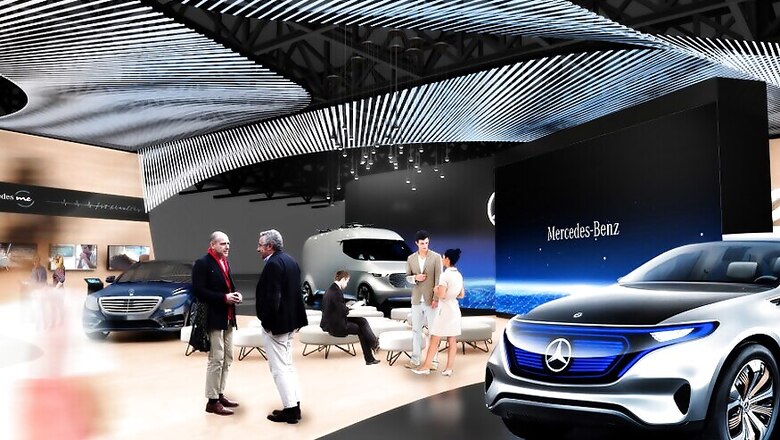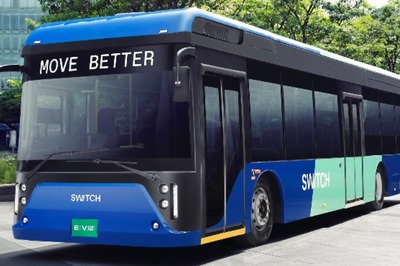
views
Mercedes will be making the ‘CASE' for autonomous driving, ride-sharing electric mobility and the car as an element of future healthcare when the doors to the 2017 International Consumer Electronics Show (International CES) open in Las Vegas on January 5.
CASE -- Connected, Autonomous, Shared & Service and Electric Drive -- is the carmaker's newly created corporate strategy for bringing together all of the megatrends that are set to disrupt the traditional concept of the privately owned, gasoline-powered motorcar. And of course, ensuring that Mercedes is at the forefront of any innovations regarding these changes.
"Our CASE strategy will help us to shape the future of mobility," said Daimler board member Ola Källenius. "Our notion of mobility will change more dramatically in the next five to ten years than in the preceding 50."
The biggest immediate changes will be the move from fossil fuels to more environmentally friendly forms of propulsion, and from driving to being driven.
Therefore Mercedes-Benz will be bringing its concept EQ fully electric SUV (which debuted at the Paris Motor Show in September) and its Mercedes-Benz Vision Van -- a physical study of the autonomous, networked cargo carrier of the future -- to the event. But that's just the start.
Greater autonomy means that cars need greater networking capabilities -- to connect to other cars, the infrastructure, their owners and soon, their homes.
Mercedes has already managed to integrate its cars with Google Home, holding the first media demonstration on December 16.
From January when the feature goes live, Mercedes owners with a smart home and Google's connected speaker can simply inquire about their car's fuel levels, inside temperature, battery charge levels; or unlock the doors form the comfort of their living rooms.
"This newest integration shows just how intelligent the car of the future will be, and we plan to roll out more applications as the year progresses that will make daily life even more accessible and convenient," said Sajjad Khan, Daimler's VP for digital vehicles and mobility.
But why stop there? The same technology that underpins smart homes, wearable technology and active driver safety features will also enable services such as ride and car sharing and with it an opportunity to show how, as Mercedes describes it, "Society's growing health consciousness can be intelligently combined with future mobility."
"The objective is to make the car a platform for future mobility concepts and a space that offers a digital experience. The car of the future must be networked, autonomous, emissions-free and deliver the possibility of shared mobility," said Källenius.




















Comments
0 comment